Organizing data management involves keeping research materials and documents in a way that makes it easy for them to be accessed and understood. This means labeling and arranging files to make it easier to find them, linking files and materials in a meaningful way, and making sure that metadata and descriptions can be clearly linked and associated with the files.
When files are stored in a hierarchy of folders or as individual files it is essential to consider the way they will be organized and labeled. A consistent file naming system can ensure that all documents and data are easily identifiable in the future, and it is worth noting that different disciplines have their own recommendations for this. A short text or README file that is added to the folder might be useful.
It is important to https://www.housecompany.net/how-to-become-a-software-developer/ plan out the folder hierarchy as well as the naming conventions prior beginning any project. These guidelines should be documented and shared with colleagues and may be included in the on-boarding documentation for new members of an research team.
Good data governance can save a company money in the long run by increasing transparency and decreasing waste. Data mistakes can be costly for organizations. It is believed that inaccurate or incorrect data can cost US companies between 15 and 25% of their annual revenue. The adoption of reliable software that assists in the creation, cataloging, and governance of data will help to reduce the risks associated with these errors.
